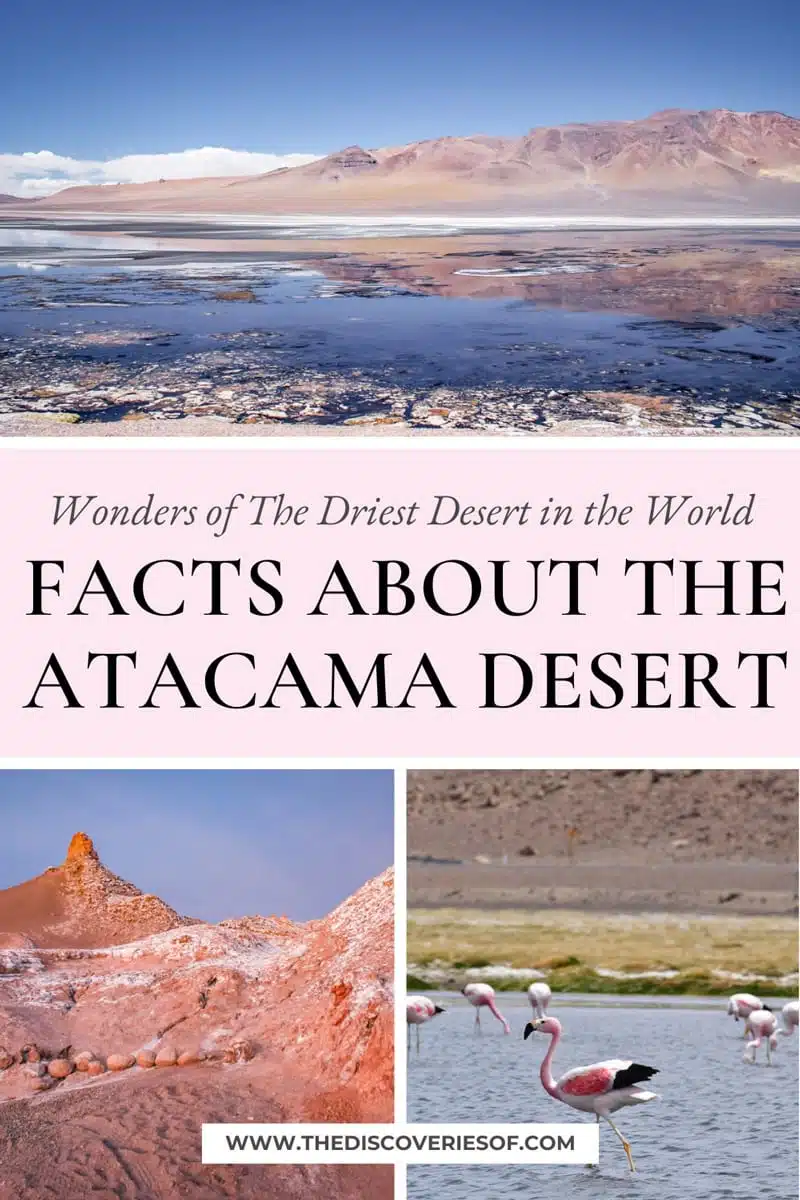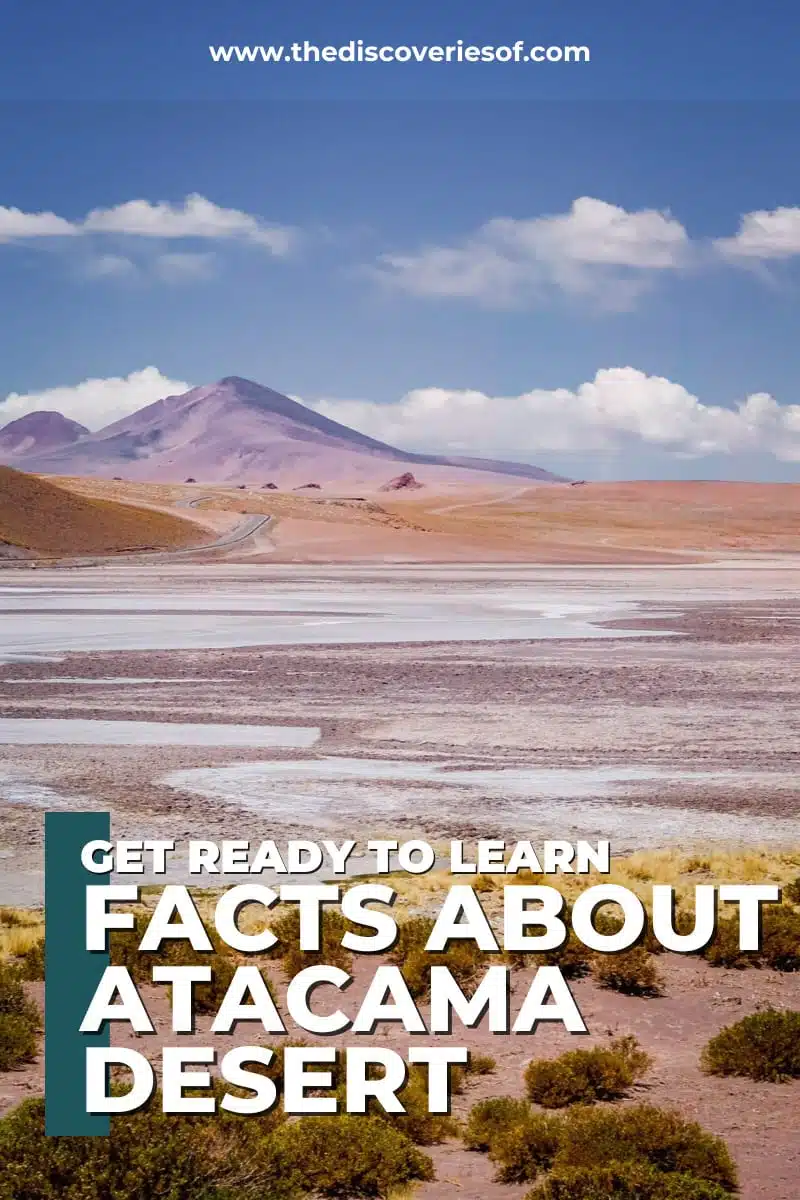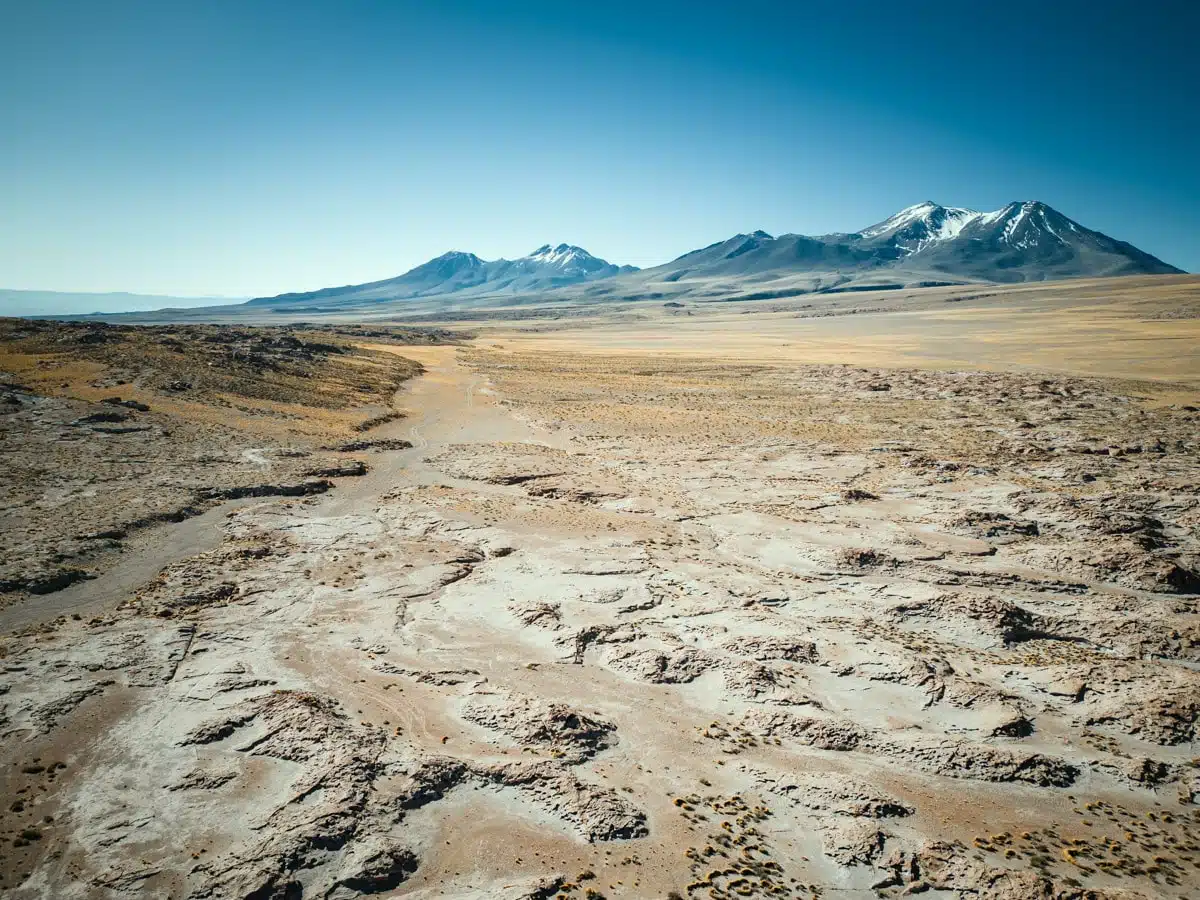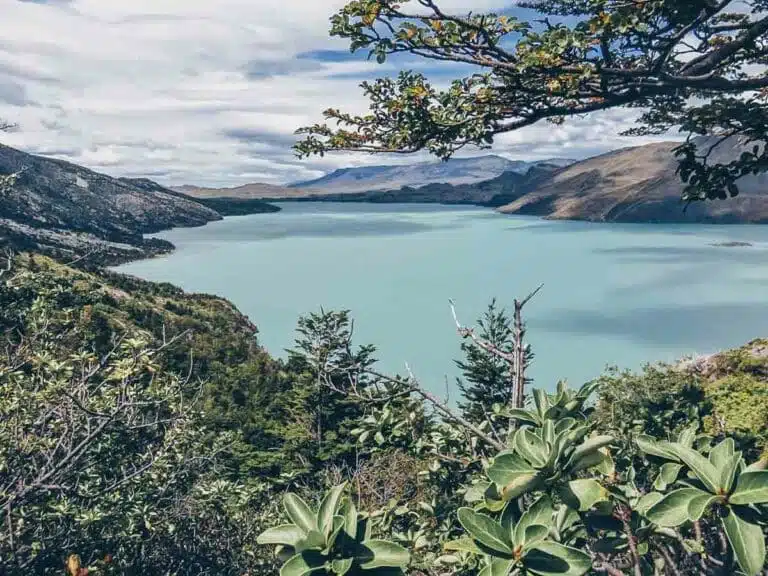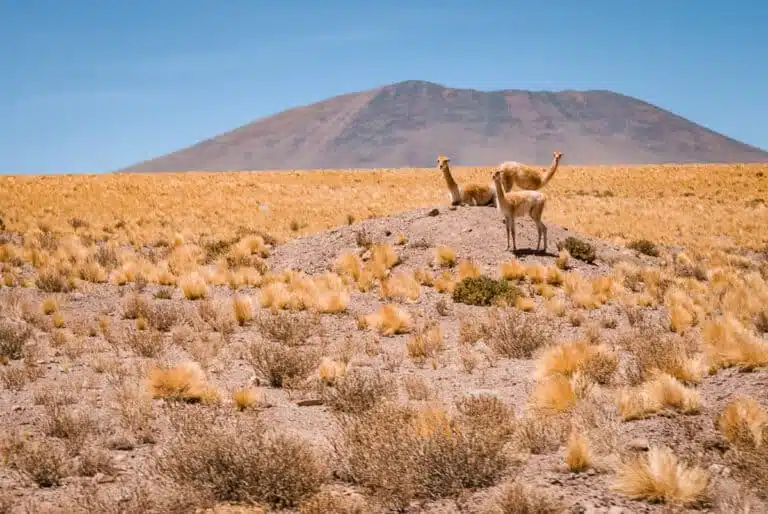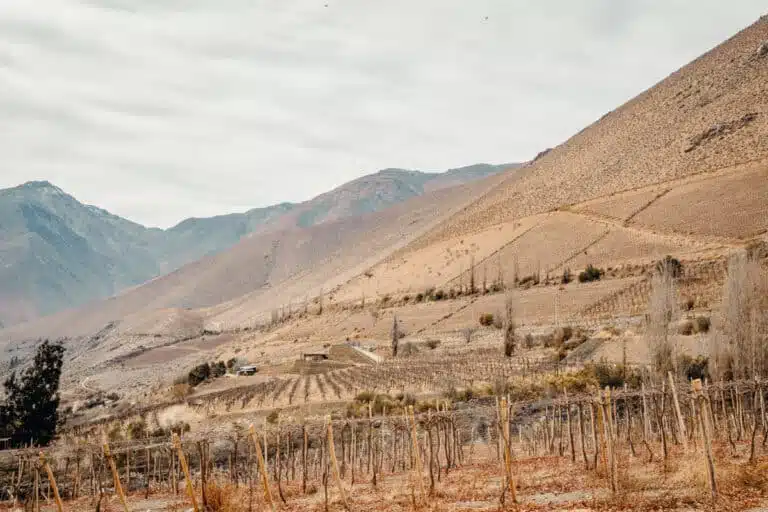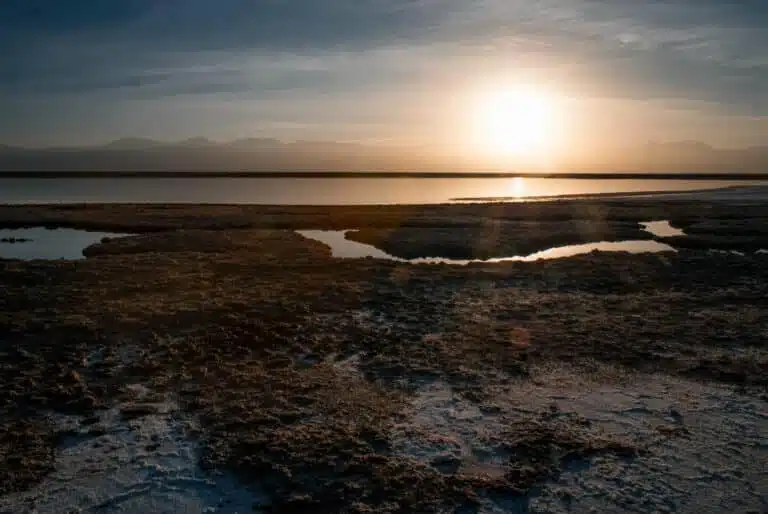Get ready to learn about these fascinating Atacama Desert facts and explore the wonders of the driest desert in the world.
Imagine a place that looks like the surface of Mars – surrounded by vast salt plains, volcanic craters and surreal rock formations.
Welcome to the Atacama Desert.
With an environment that is as harsh as it’s beautiful, it’s a place like no other. Let’s take a journey through these little-known Atacama Desert facts – taking in ancient Inca trails and incredible night skies along the way.
Interesting Facts About the Atacama Desert
Is the Atacama Desert the Driest Place on Earth?
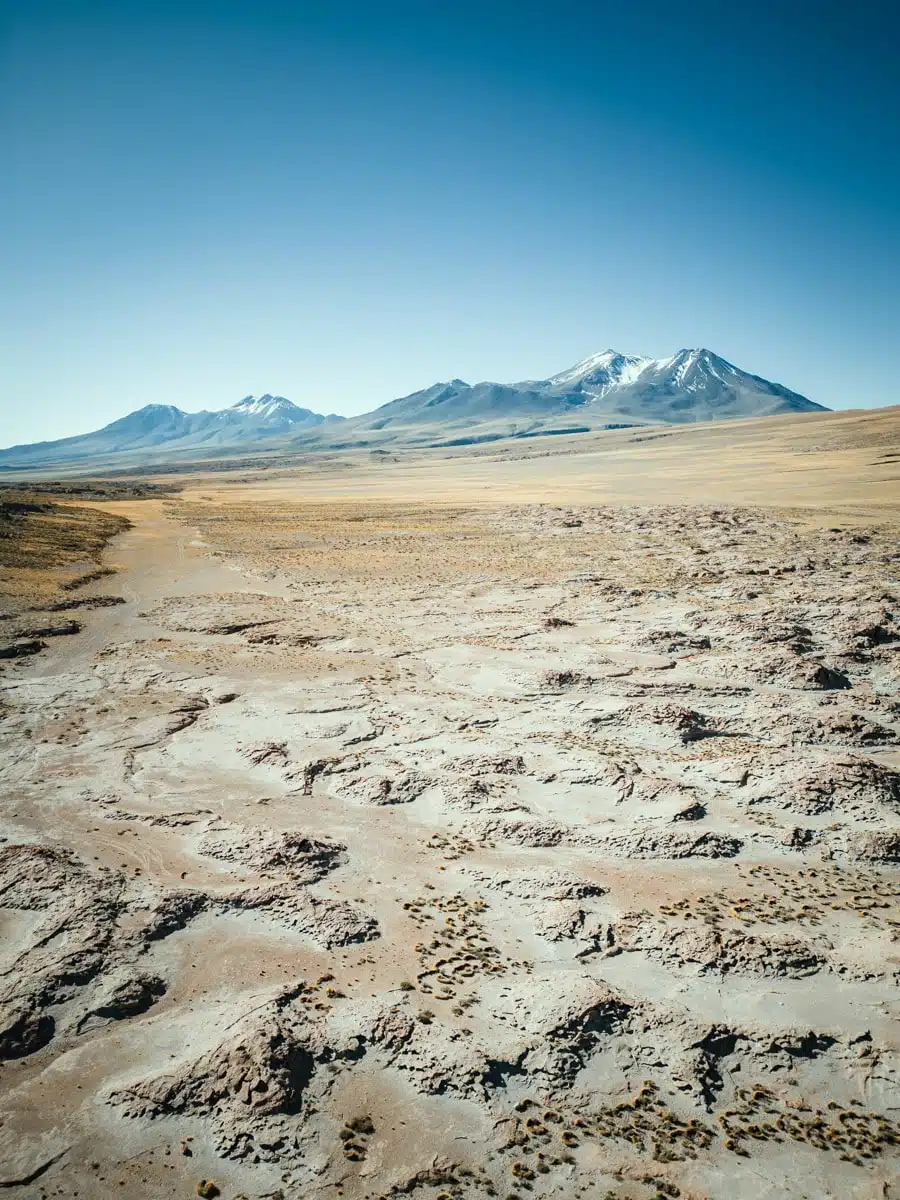
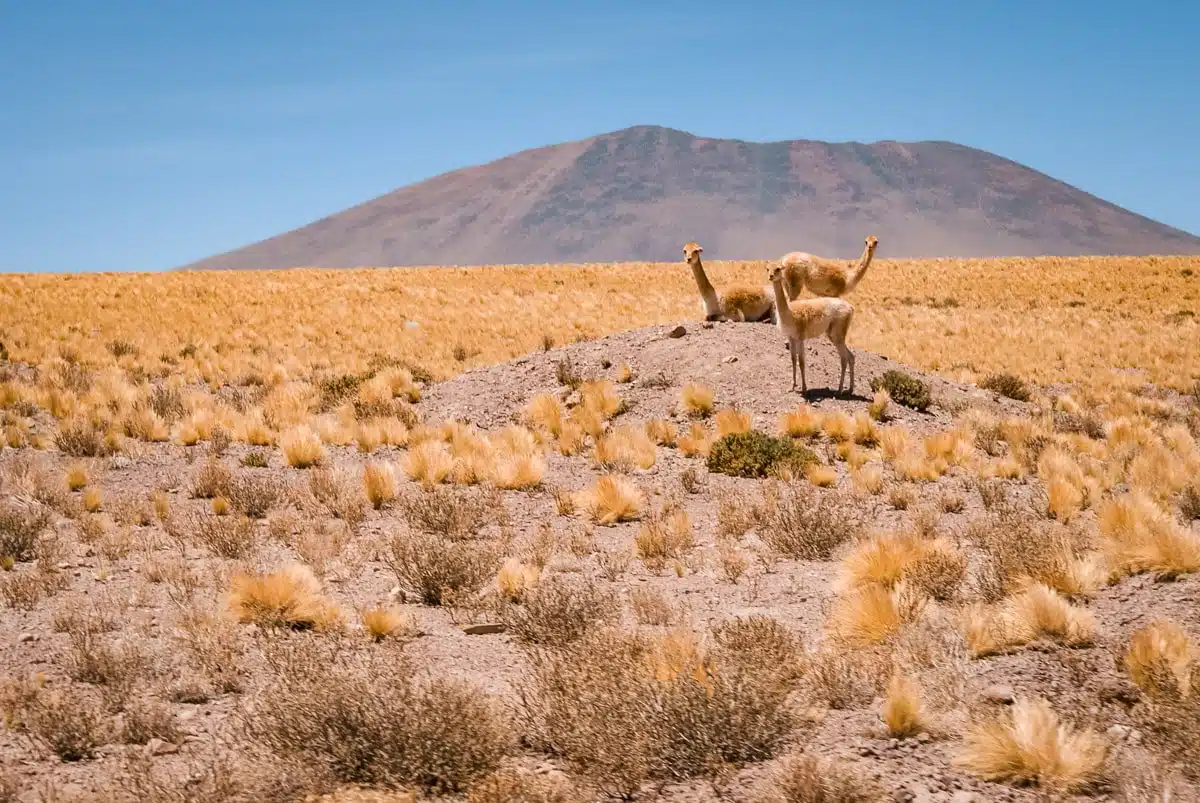
Yep. The Atacama is not only the driest non-polar desert in South America but also in the entire world.
This desert is so dry that it receives less than a measly one millimetre of rainfall per year. Some areas haven’t even seen one tiny droplet of rain in over 500 years.
Where Is the Atacama Desert Located?
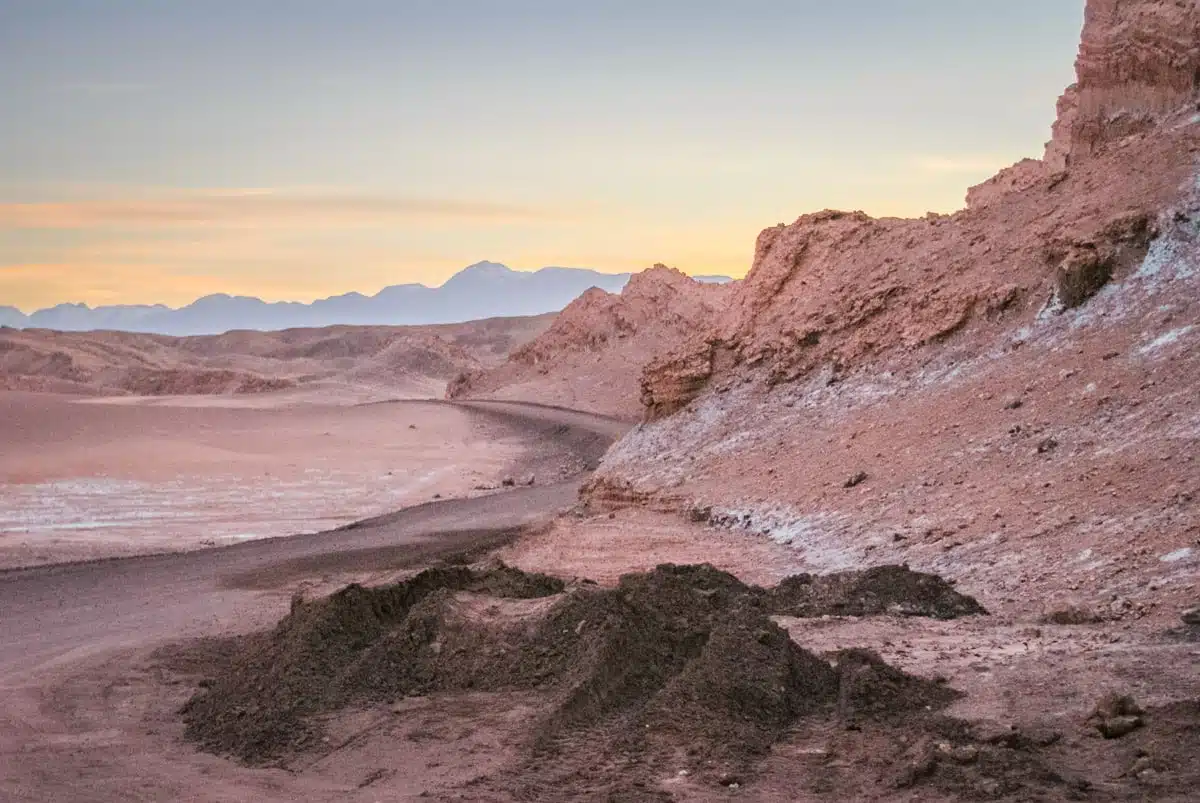
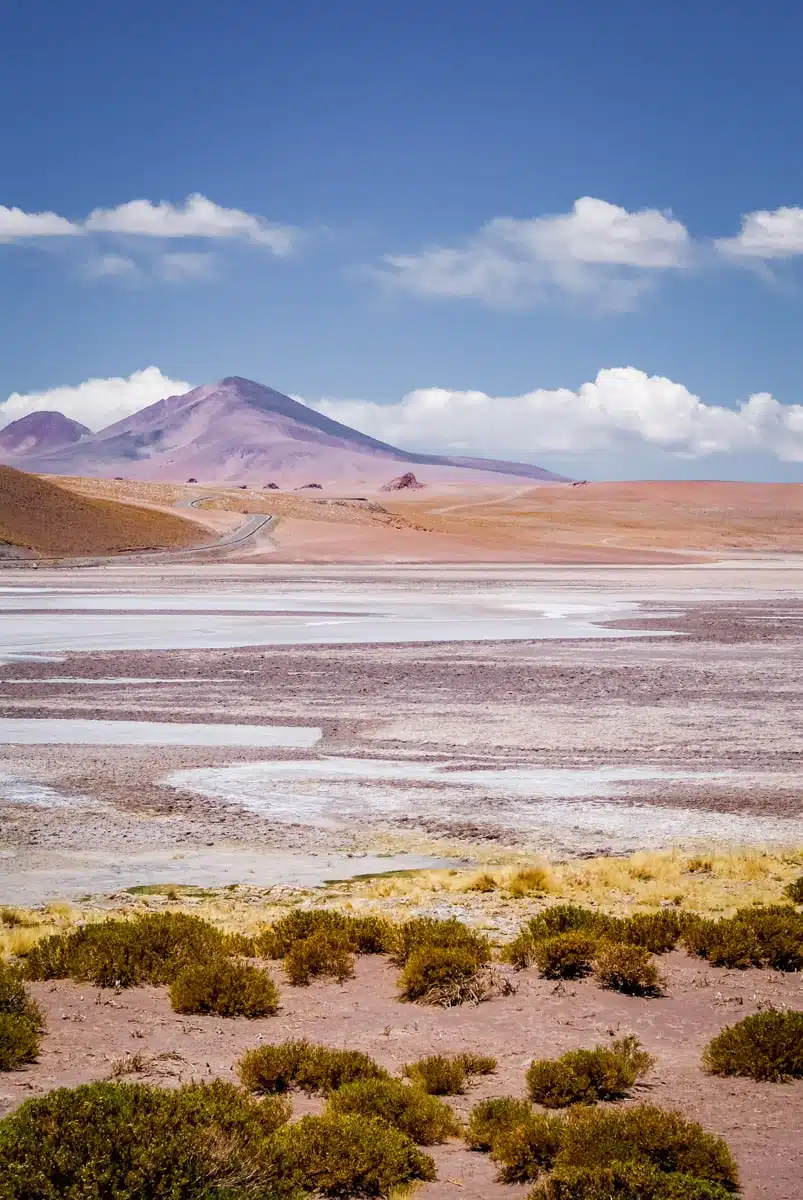
The Atacama Desert sits near the Andes Mountains on the Pacific Coast of South America. Interestingly, the desert shouldn’t be so dry since it’s near the coast.
So, what makes this desert parched? The two gigantic mountain chains – the Andes and the Coastal mountains – surrounding the Atacama Desert block all the moisture the coast and Amazon produce from entering the desert to form clouds.
What Is the Atacama Desert Known For?
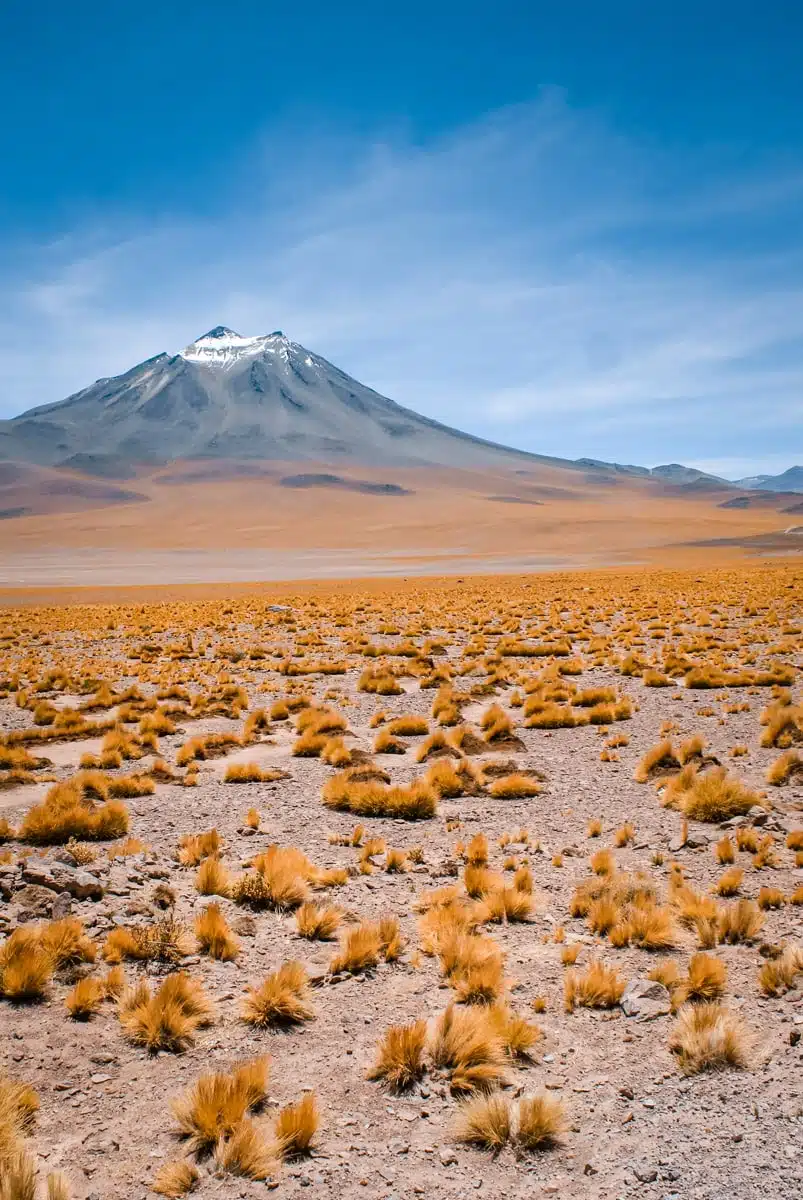
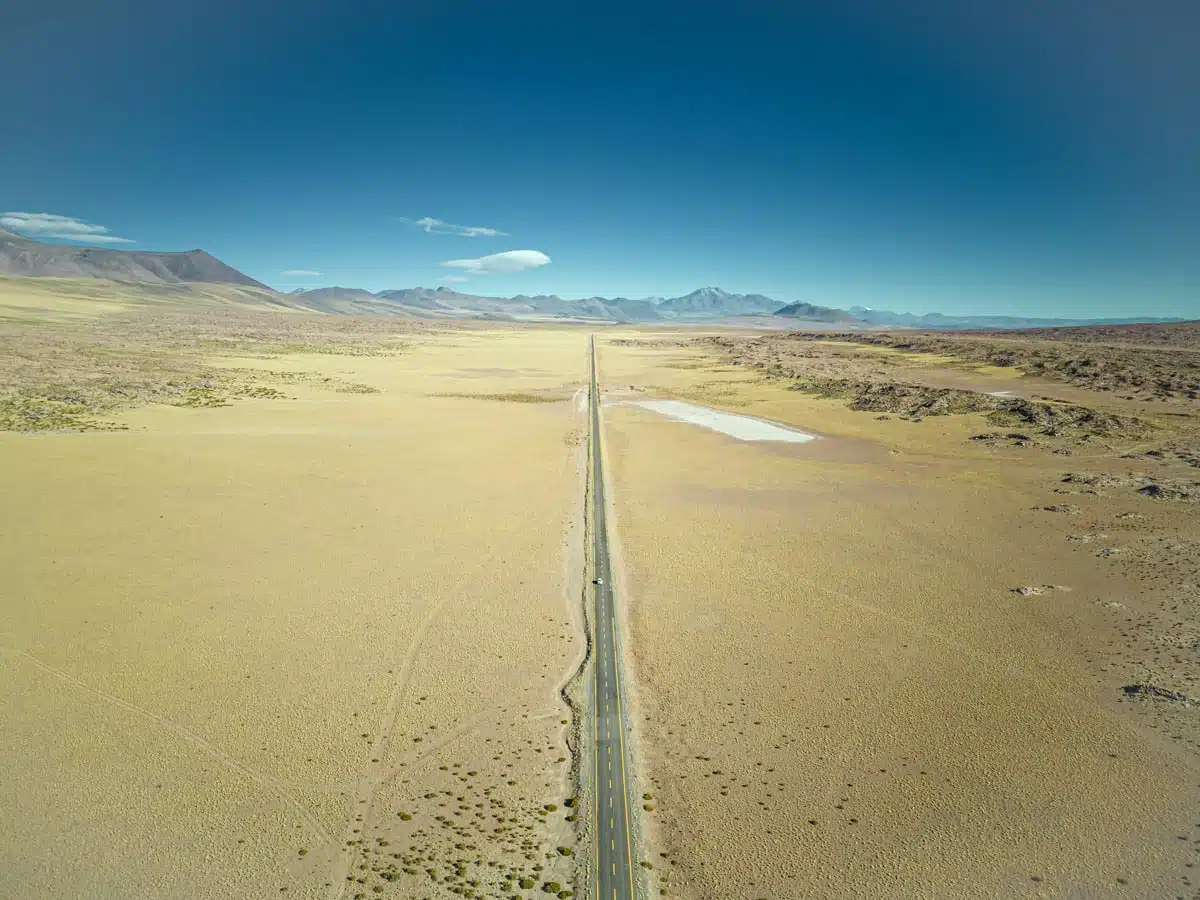
Apart from being the driest non-polar desert on the planet, the Atacama is also the world’s largest fog desert.
This is when fog drip supplies the majority of moisture to animals and plants living in a desert.
Imagine surviving on evaporated water – nature is astounding. My two cents aside, the fog forms due to the moisture from the Pacific coast and the steep elevation change caused by the Andes Mountains.
What Makes the Atacama Desert Unique?
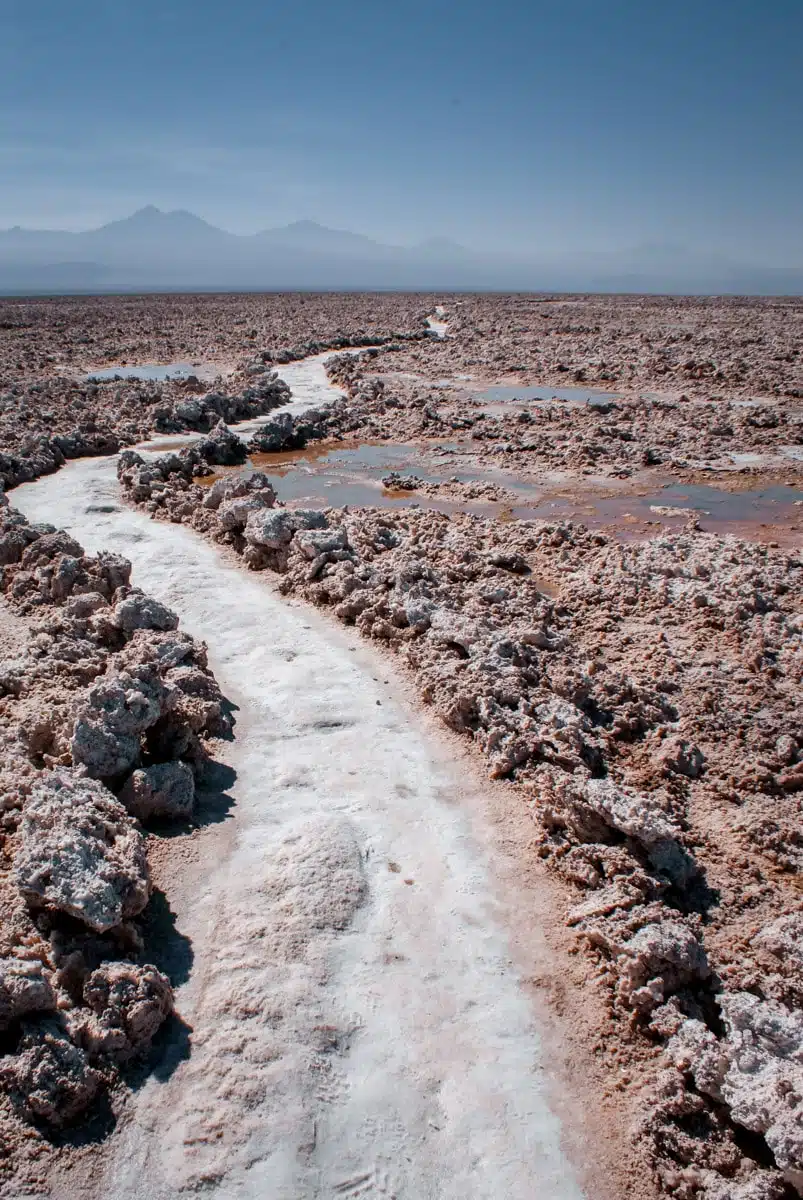
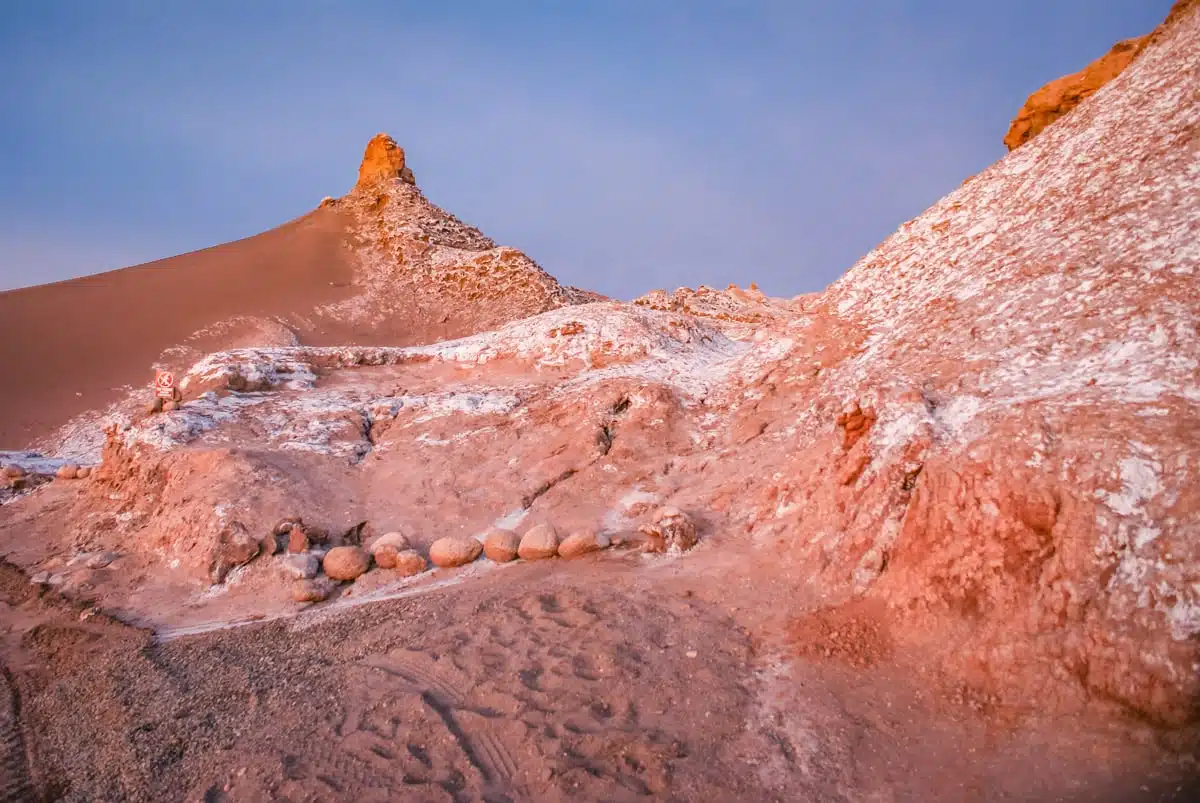
While there are many reasons why this desert is so unique, did you know that it supplies one-third of the world’s copper?
The Atacama Desert continues to provide the globe with valuable metal and non-metal resources despite the collapse of the nitrate business. Iron, silver, gold, boron and lithium are among the resources mined here.
The Desert Contains the Largest Supply of Sodium Nitrate in the World
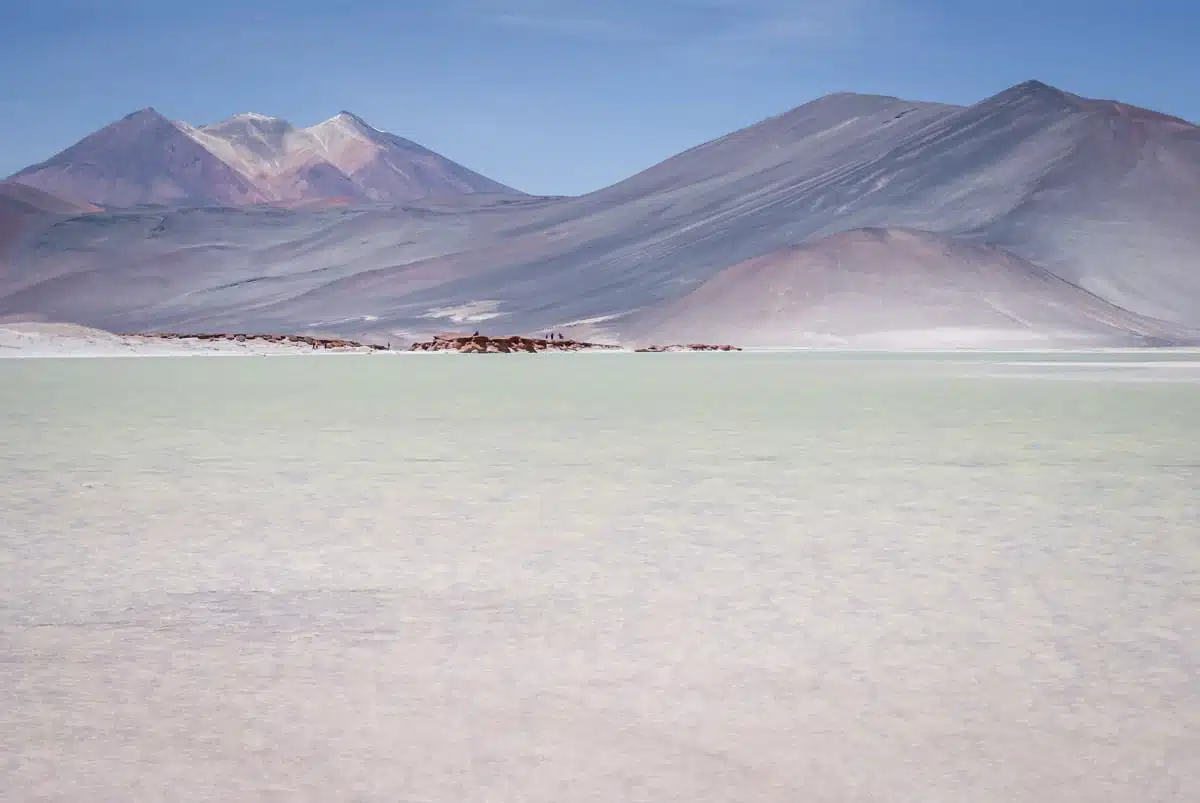
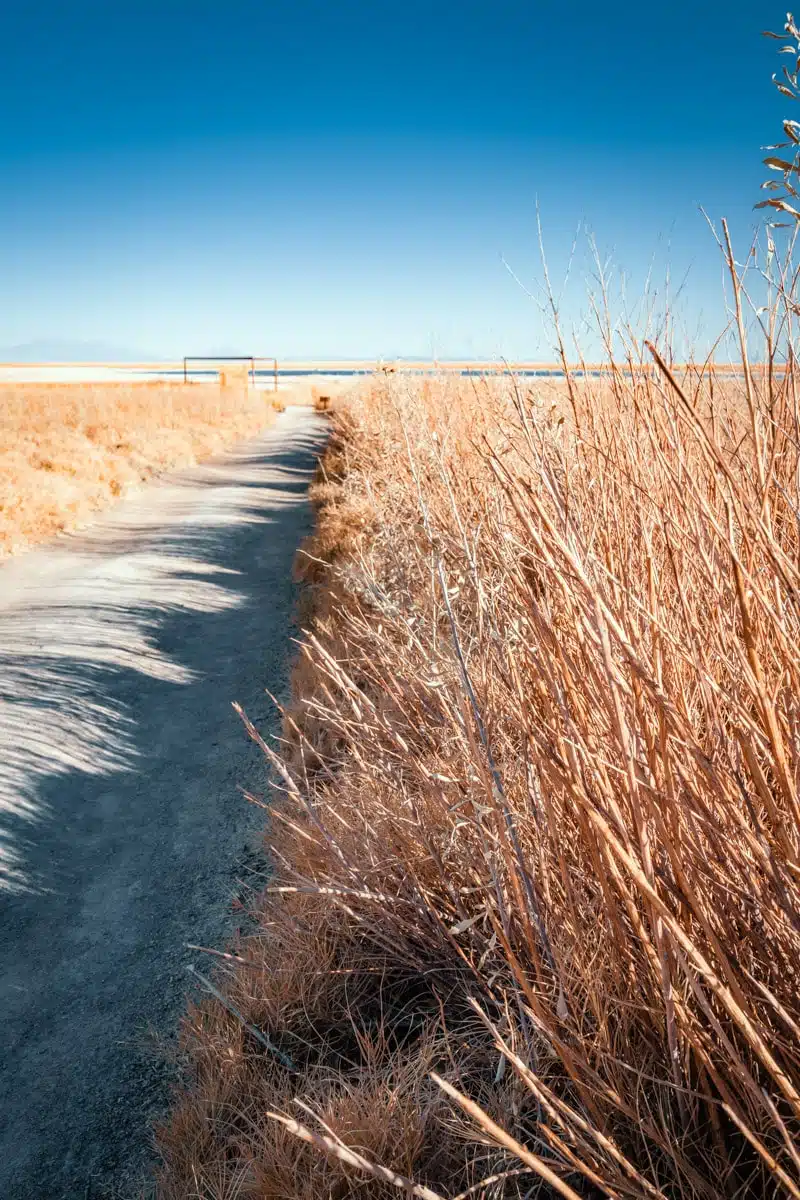
Being a desert with arid conditions, it’s no surprise that sodium nitrate deposits would dominate Atacama’s surface.
This led to the world’s largest supply and, eventually, the boom of sodium nitrate mining during the 1940s. The now abandoned mining towns dotted all over the desert are the only things left to show for this bustling period.
Sodium nitrate, which is basically a salt, is a huge hit among manufacturers producing fertilisers and explosives.
The Atacama Desert Is One of the Best Places for Stargazing
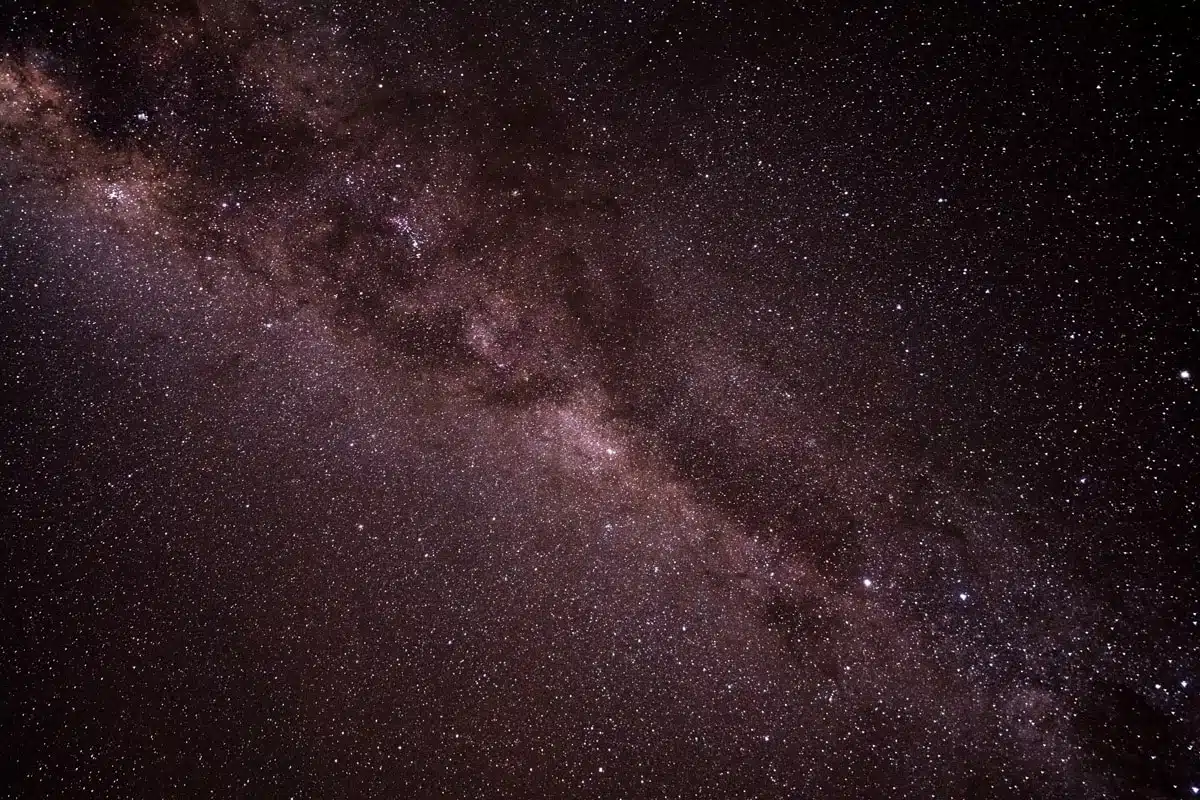
Yes. The Atacama Desert is among the best places to admire the Milky Way.
Don’t believe me? You should.
To give you a small taste of this unparalleled experience: Imagine the clearest, most unpolluted night skies, barely a cloud in sight and heavenly bodies dazzling so brightly that you feel hypnotised.
Okay, now back to earth, allow me to speak some facts. Many astrophiles consider Chile’s Atacama Desert the best spot (globally) to view the twinkling stars. Gaze upon the Southern Hemisphere’s most renowned constellations, like the Tarantula Nebula, the Southern Cross and the Large Magellanic Cloud.
Fun Facts About the Atacama Desert
NASA Uses the Atacama Desert for Testing Instruments
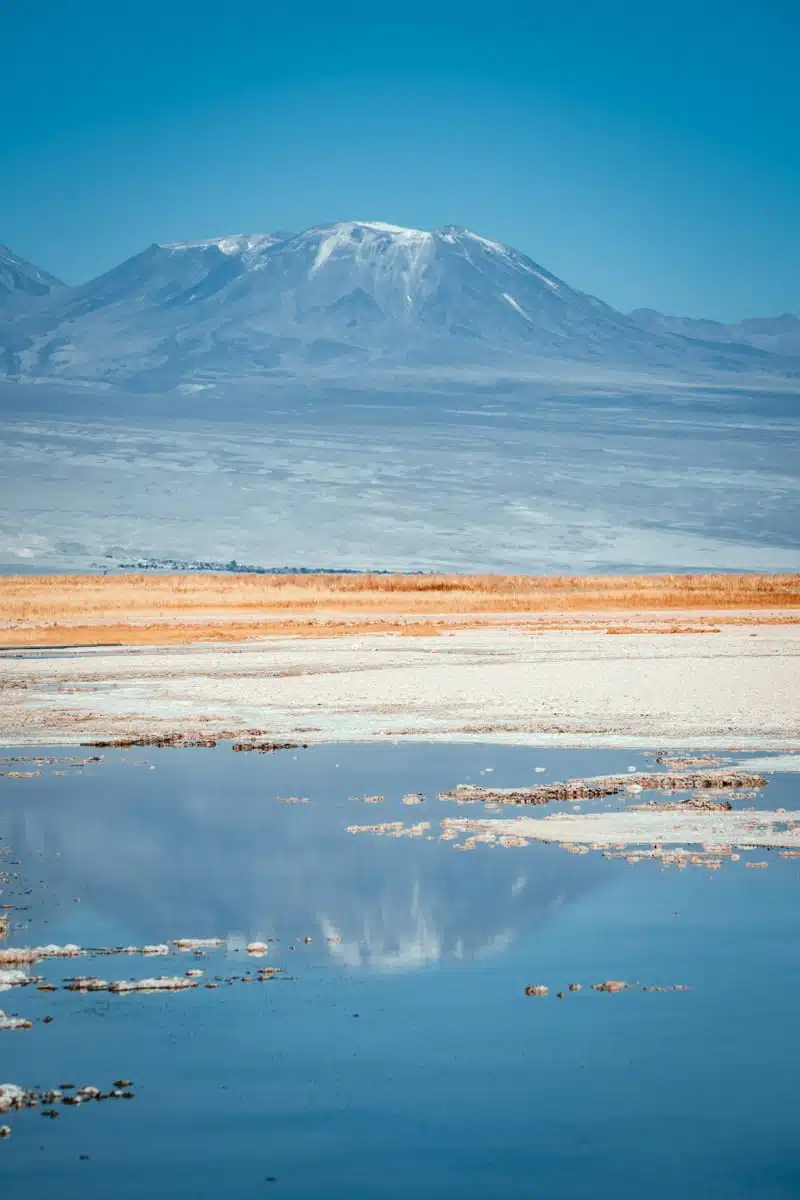
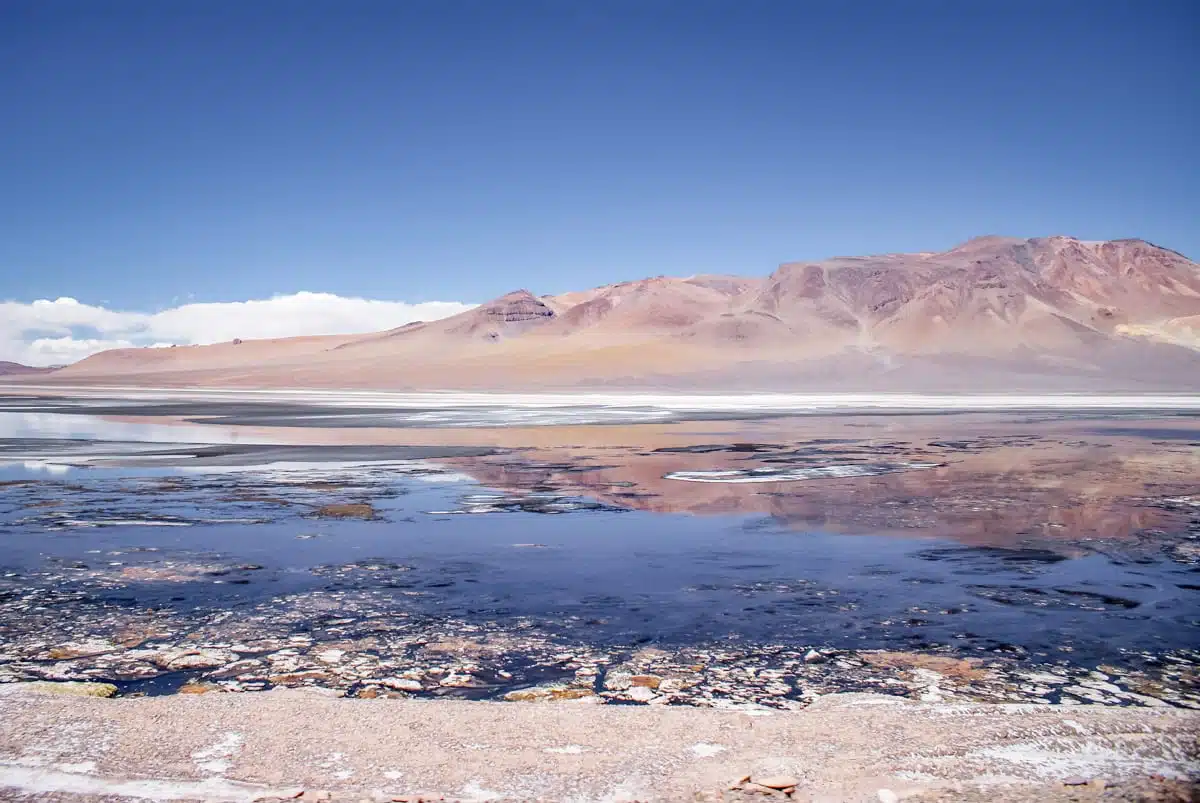
As if UFOs aren’t trending enough already, NASA tested life-detecting tech in the Atacama Desert to determine if it would work on Mars.
They chose this location for its stark resemblance to the red planet. In fact, the Atacama is one of the most Mars-like environments on Earth, according to the experts at NASA.
It’s Home to the Oldest Artificially Mummified Human Remains
Here’s an Atacama Desert fact that will have you scratching your head. You know how creepy stuff always happens in the middle of nowhere? Turns out they’ve discovered some of the oldest artificial mummies in this very desert.
What’s more, these mummies predate the ones found in Egypt for thousands of years, which is crazy considering no one really knows about this.
The Atacama Desert’s artificially mummified human remains date to around 7,020 BC. Compare that to early Egyptian mummies, only found about 3,000 BC.
There Are Flamingos in the Atacama Desert
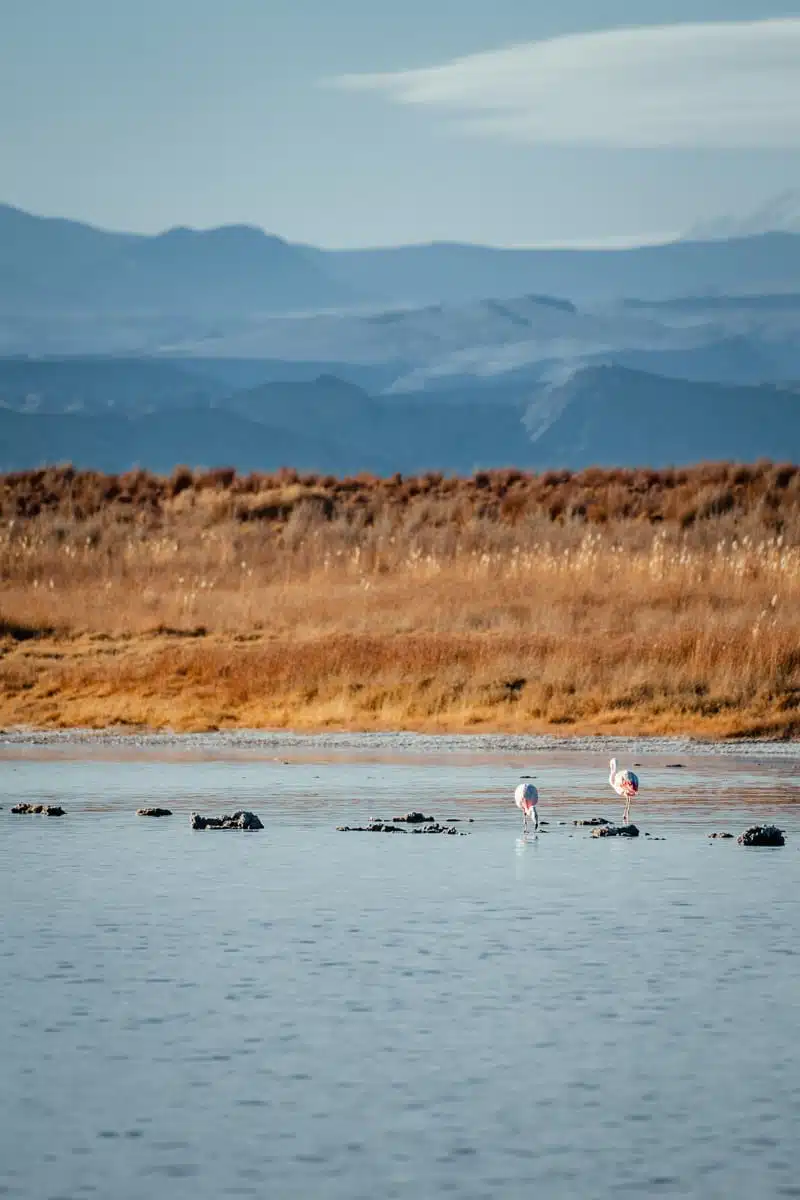
Despite having such harsh conditions that very few animals can survive, this desert is home to a bird you’d typically associate with tropical weather.
The Atacama Desert’s three species of flamingo (James, Chilean and Andean) are resilient creatures that have adapted to some of the harshest conditions, like near-boiling point spring water (sheesh).
These unique adaptations help them to flourish where other species would struggle. They even have special glands behind their eyes, allowing them to drink and process salt water. And their tough skin prevents them from turning into a flamingo casserole!
Humans Have Lived in the Desert Since the Stone Age
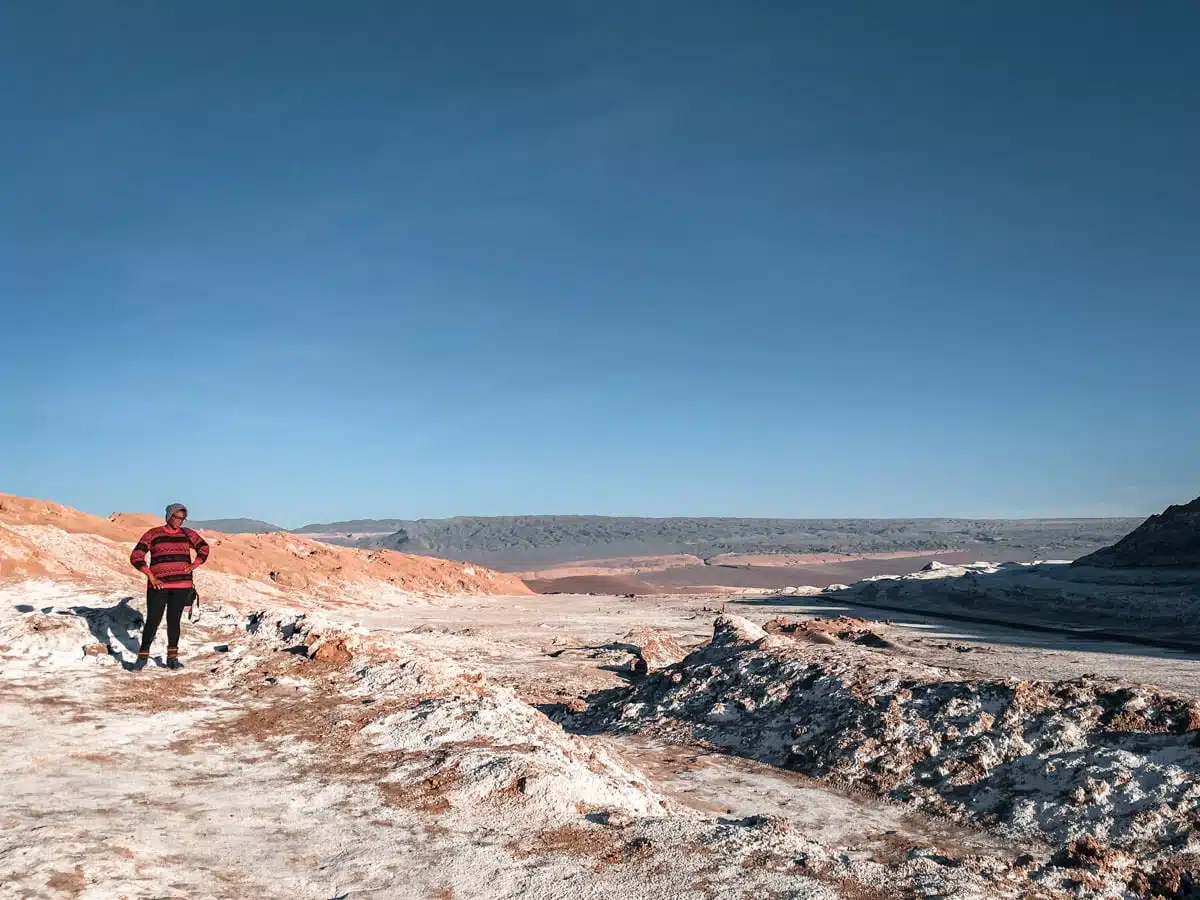
Is there any place our ancestors couldn’t make into a home?
Seemingly not, since humans have inhabited this desert since the Paleolithic or the Stone Age. And if you paid attention in history class, the Stone Age ended about 5,000 years ago.
These inhabitants survived the Atacama Desert and thrived in these intense conditions, giving birth to several indigenous cultures.
This includes the Diaguita culture of the Las Ánimas and El Molle peoples and the Chinchorro culture.
Some Believe That They’ve Found Aliens in the Desert
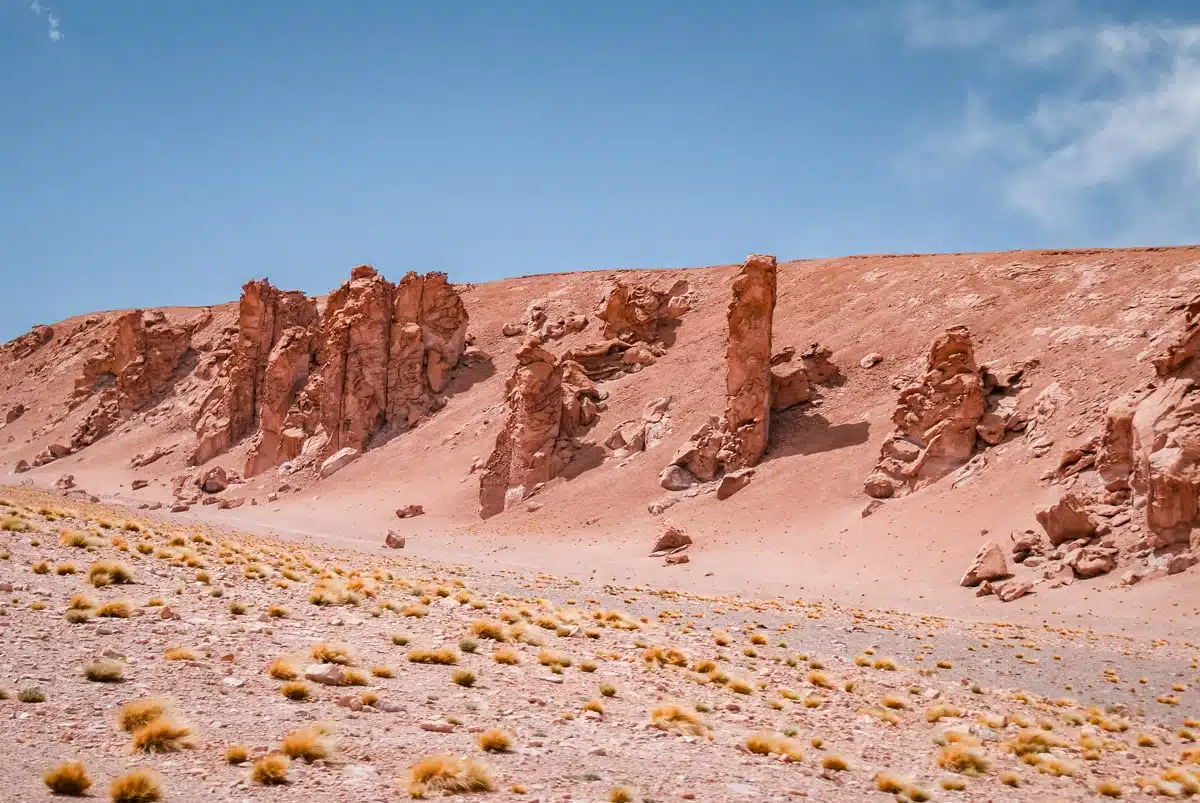
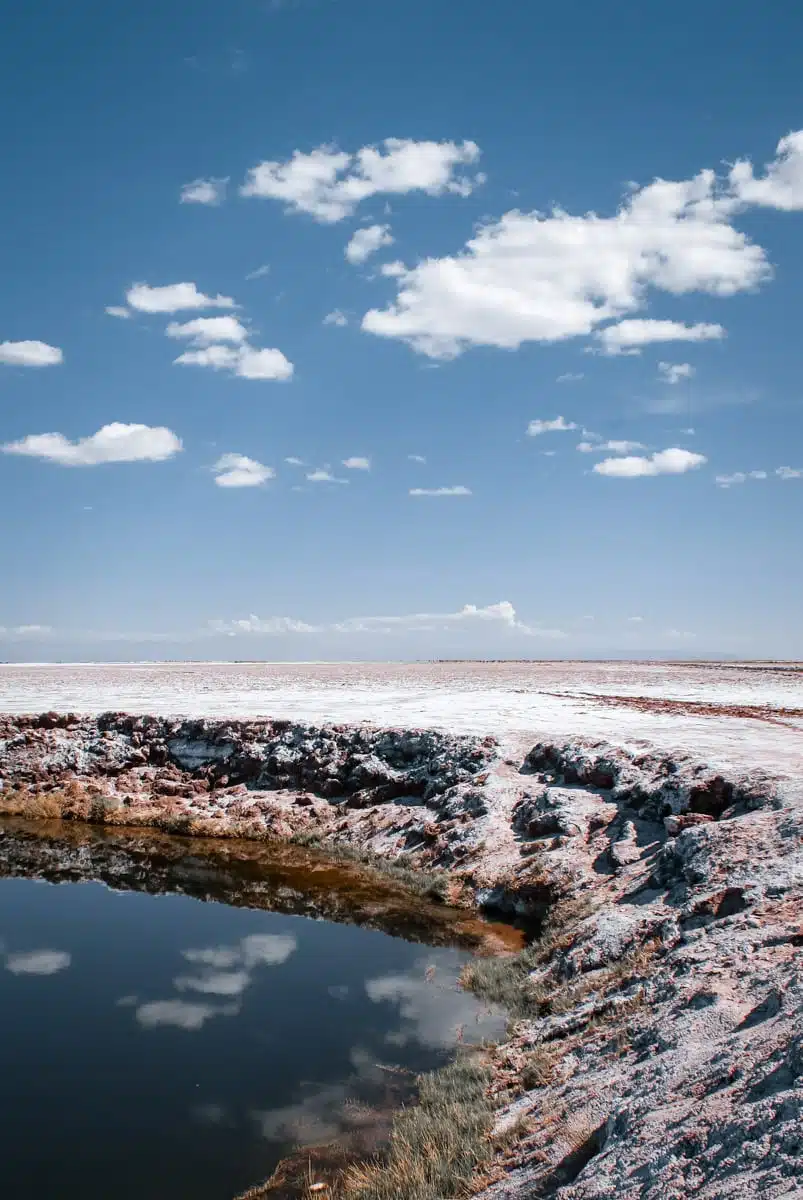
You knew this was coming: mention NASA once, and the tinfoil hats suddenly appear.
The Atacama Desert continues to be a hot topic among E.T. enthusiasts, all thanks to the tiny humanoid skeleton discovered here.
And when I say tiny, I mean it, these skeletal remains measured only 15 cm long. That’s half a ruler, but I’m not done yet – apparently, its ribs and head were narrow and elongated (talk about eerie).
Scientists later proved it to have human DNA and believed it was the remains of a six to eight-year-old with a mysterious medical condition.
I’ll leave the speculation up to you, but for now, those scientists are getting major side-eye from many conspiracy theorists.
There Are Also Penguins in the Atacama Desert
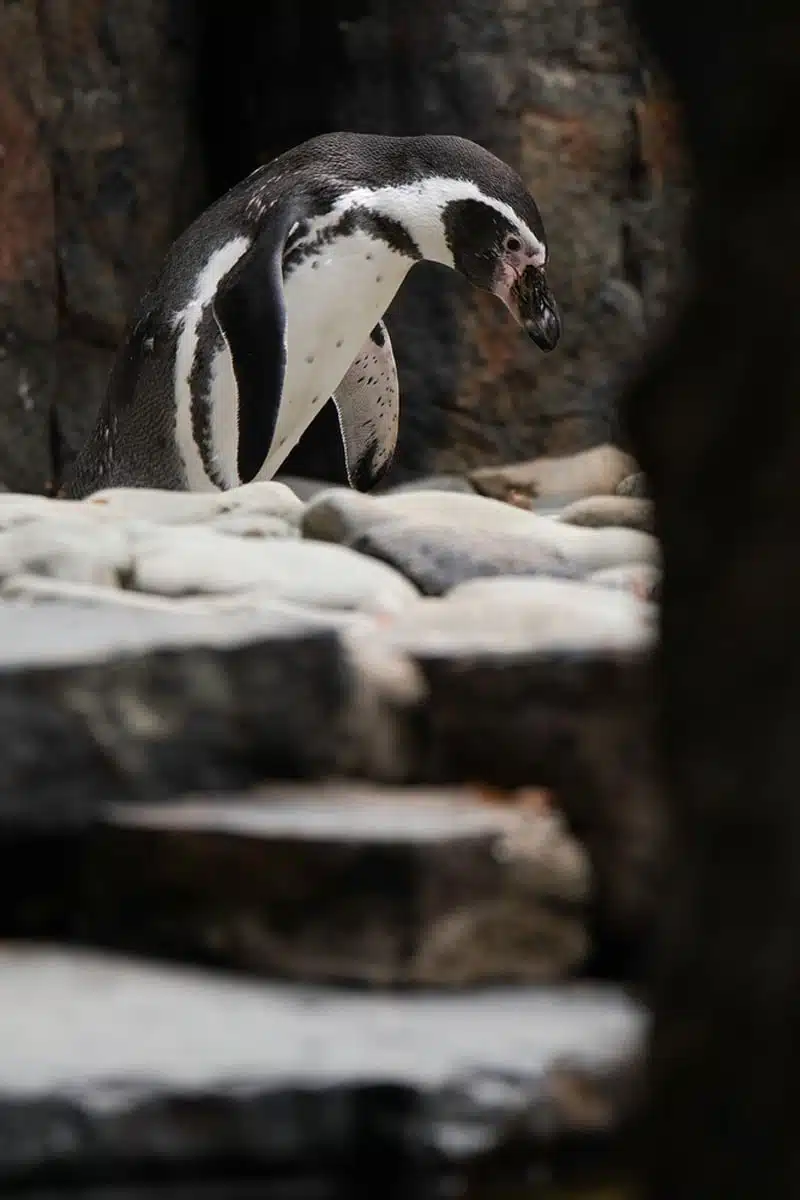
Again, this is the type of bird you’d associate with Antarctica, winter, and snow. The last place you expect them to be is in the driest desert in South America. This mystifying area continues to shove the unexpected in our faces, and I’m here for it.
The Humboldt penguin, a medium-sized critter closely related to the African penguin, calls this desert home.
You’ll find these waddling cuties along the arid coastal regions of the Atacama Desert. For your peace of mind – they escape the heat by swimming in the nearby Humboldt currents.
Atacama Desert Facts: Read Next
Love This? Save and Share on Pinterest
